Beauty surrounding Maropeng – Photo essay of the week
This week’s photo essay sets its sights on the beauty of the Maropeng landscape.
The evolving landscape of the Cradle of Humankind is today dominated by the Rocky Highveld Grassland, which supports a great diversity of plants and animals, some of which are rare and endangered.
Maropeng is the official Visitors’ Centre of the Cradle of Humankind, which was one of South Africa’s first three World Heritage Sites, declared in 1999. The Cradle of Humankind was declared a World Heritage Site because of the exceptional record of hominid fossils discovered here, which reveal much about human evolution over the past 3-million years or so. More than 1000 hominid fossils have been discovered in this area – more than anywhere else on Earth. Among them are the famous Australopithecus fossils, the “Taung Child”, “Mrs Ples” and “Little Foot”.
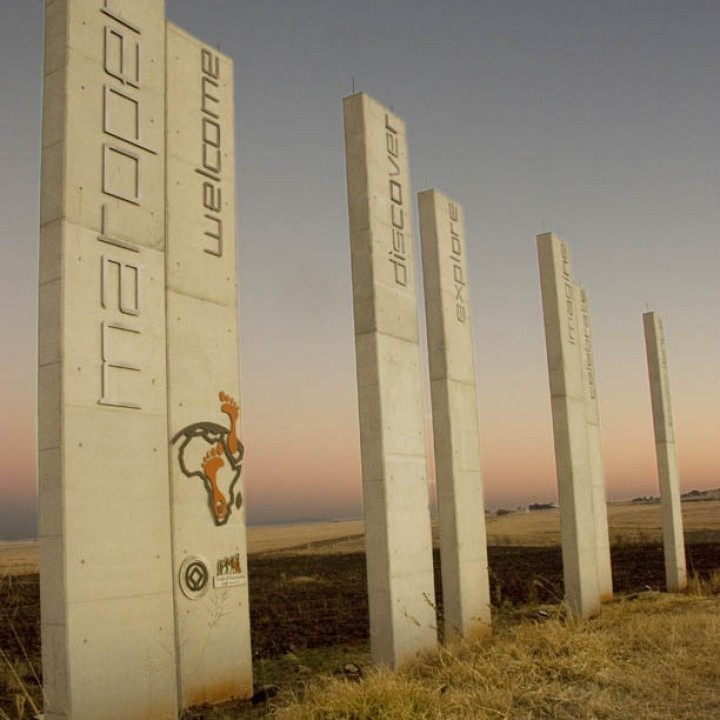
When you arrive at the entrance gates to Maropeng, you see seven 14m-high concrete columns signifying the centre, which moves in and out of sight along the approach. The signifiers have words on them that hint at the major themes of the exhibition, such as “Imagine”, “Explore”, “Contemplate”, and “Discover”.

The gardens surrounding the Maropeng Visitor Centre are filled with plants indigenous to the Cradle of Humankind.
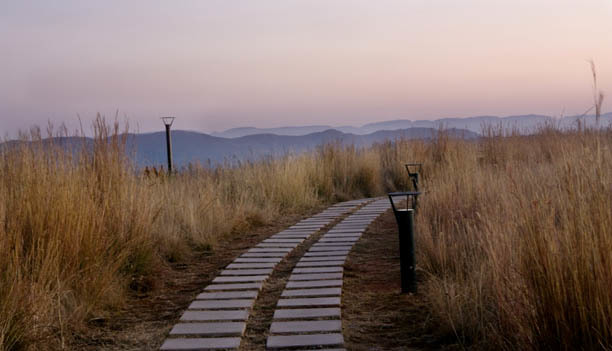
The Rocky Highveld Grassland is “fire climax grassland”. Fire plays an important role in maintaining the balance of trees and grass.
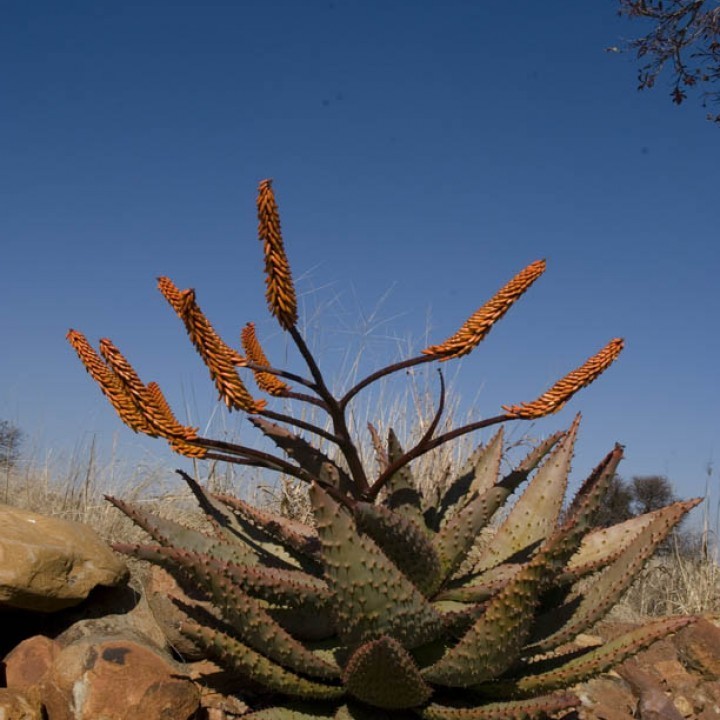
Native to the area, the Kniphofia or “red hot poker” is known for its bright, rocket-shaped flowers.
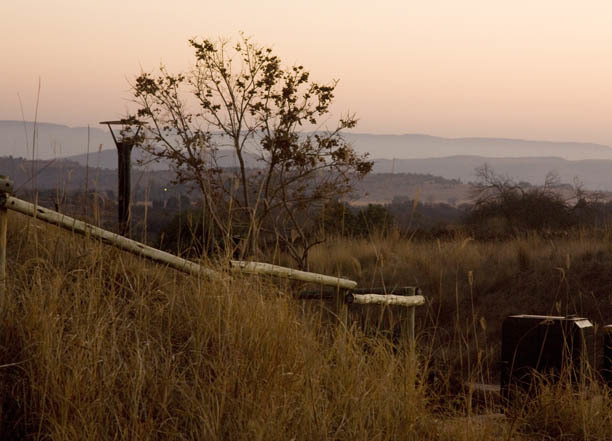
A variety of wildlife occurs here, including hartebeest and impala. Trees provide perches, nesting sites and food for many bird species, such as the African olive-pigeon, grey go-away-bird and Cape glossy starling. Leopards, brown hyenas and jackals use sinkholes as dens.
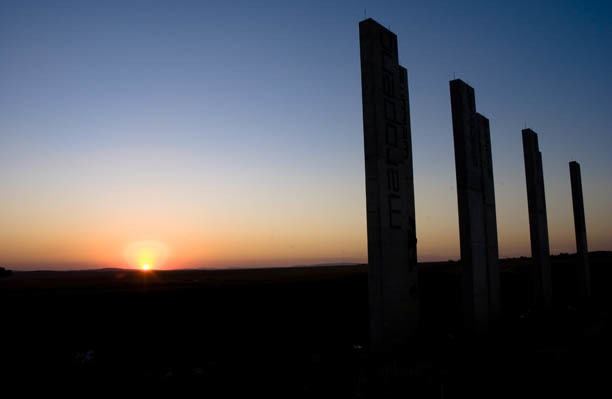
You start and end your tour at Maropeng with the magnificent signifiers.
If you would like to see more pictures of Maropeng, visit our Flickr group or our Facebook Fan page.